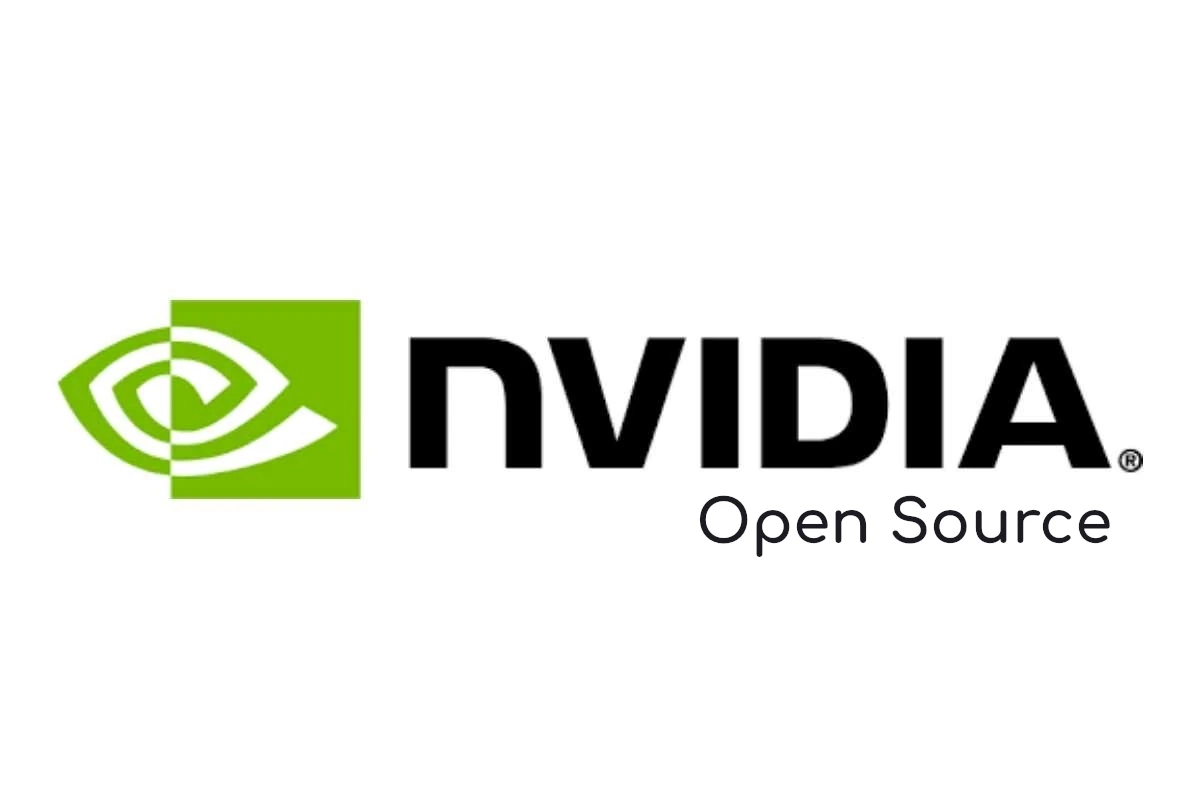NVIDIA today announced the stable release of their 560 graphics driver series for Linux, FreeBSD, and Solaris systems. Marking a significant update, this release defaults to the open-source GPU kernel modules.
The new NVIDIA 560 graphics driver’s highlights include an enhanced nvidia-installer that by default integrates the NVIDIA Open-Source GPU kernel modules on supported NVIDIA GPUs. Compatible GPU series include NVIDIA Turing, Ampere, Ada Lovelace, Blackwell, Grace Hopper, and Hopper.
Additionally, the release supports new extensions such as EGL_KHR_platform_x11 and EGL_EXT_platform_xcb on Xwayland. It also introduces a PipeWire backend to NvFBC for better screencasting on Wayland and allows multiple concurrent clients to access NvFBC direct capture.
Further, the NVIDIA 560 update includes DRM-KMS explicit synchronization support through IN_FENCE_FD mode setting property, extends VRR (Variable Refresh Rate) support to pre-Volta GPUs on Wayland, enhances VRR capabilities on laptops, and introduces reporting for Vulkan information via the nvidia-settings control panel.
Among other changes, this release updates the glXWaitVideoSyncSGI() function to be more efficient to further reduce frame stutter in some KDE Plasma configurations with GSP offload, and implements a new requirement for Vulkan header files when compiling nvidia-settings from source.
Several bugs and issues were addressed as well, including a bug where some DVI outputs wouldn’t work with HDMI monitors, a bug affecting KDE Plasma users while hovering over or opening applets when running in Wayland compositor mode leading to a Plasma freeze, and a bug causing display freeze when presenting windows using Wayland direct scanout on multi-monitor setups.
Also fixed in the NVIDIA 560 graphics driver series is a bug causing kernel crashes when attempting KMS operations through DRM if the nvidia_drm module was loaded with modeset=0, a bug that caused widespread crashing with Xwayland games, a bug causing memory corruption while handling ACPI events on some laptops, and a regression that caused the nvidia-powerd daemon to exit when the nvidia-dbus.conf file wasn’t present in the /etc/dbus-1/system.d/ directory.
Moreover, this release addresses a bug that could cause external monitors to become frozen until the next modeset if the users used PRIME Display Offloading with the NVIDIA dGPU acting as the display offload sink, a bug that caused OpenGL triple buffering to behave like double buffering, and a bug that showed displays multiple times in the nvidia-settings display layout configuration page on multi-GPU systems.
Multiple issues that caused crashes or unexpected behaviors when re-creating an NvFBC capture session were fixed as well in this release, along with a bug that caused the graphics driver installation to fail when the system used alternate implementations of the tr utility, and a bug that could cause the wrong image format to be used for render pass image clears in Vulkan apps when using a VkImage created with VK_IMAGE_CREATE_MUTABLE_FORMAT_BIT.
Check out the release notes for more details about the changes introduced by the first stable version of the NVIDIA 560 graphics driver series, namely NVIDIA 560.35.03, which you can download from the official website for 64-bit and AArch64 (ARM64) Linux systems, as well as FreeBSD and Solaris systems.
Image credits: NVIDIA Corporation (edited by Marius Nestor)
Last updated 1 second ago
